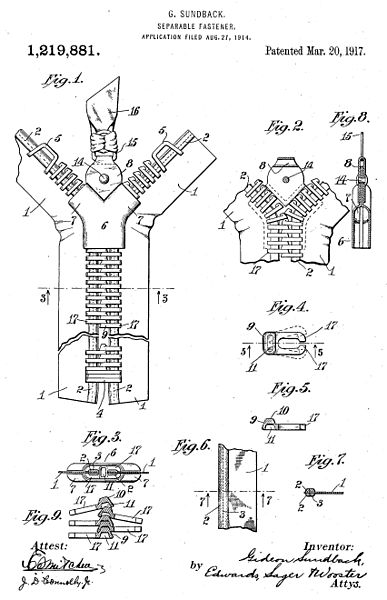What First-To-File Means For Your Startup
Patent attorney Jeff Schox dropped by for a Skillshare class at Rock Health HQ recently to share some pro tips about upcoming patent law changes and how they relate to startups.
On March 16th, the US will move away from a “first to invent” system to a “first to file” system. Under the old regime, you could overcome a rejection of your patent application based on someone else’s invention if you could provide proof you had the idea before they did. After the changes this March, the first to file their patent application with the patent office will be recognized as the inventor, irrespective of any other evidence. So, according to Schox’s advice, it’s time to gather up your notebooks, drawings, and plans and make use of provisional applications to hold claim to your intellectual property.
A provisional patent application is a “legal document filed in the United States Patent and Trademark Office (USPTO), that establishes an early filing date, but which does not mature into an issued patent unless the applicant files a regular non-provisional patent application within one year.” Provisional applications are relatively easy to complete, cost $125 for so-called “small entities”, and can be finished in a matter of hours without an attorney. The date of the provisional satisfies the “first-to-file” condition. Schox says this new system will be beneficial to startups because their lack of corporate hierarchy allows them to file more quickly than large companies.
If you missed the Skillshare, here are some important guidelines for completing a provisional application:
- Aim for “enablement”. Write as if you are teaching someone in your field how to make and use your invention. Be neither too vague nor highly specific. Around 200 words is best for a summary of your invention.
- Include a description of the invention and drawings. Skip the claims, background, and other sections needed in a formal patent application–in fact, including these can only work against you later.
- The application should read like a five-paragraph high school essay–boring, structured and consistent. There’s no need for legalese, references, or an explanation of why the invention is needed. Discuss the steps or elements of the invention, especially any interaction between them, and include any variations in components.
- Drawings should be simple. Says Schox, “napkin drawings, not CAD files.”
- Consider who will be listed as inventors carefully. At least one must carry over from the provisional to the final application, but removing people can also reflect poorly.
These applications can be completed in one day, so it’s smart (and relatively harmless) to submit a provisional for any subsequent variation in your invention. You can choose which to proceed with later on.
